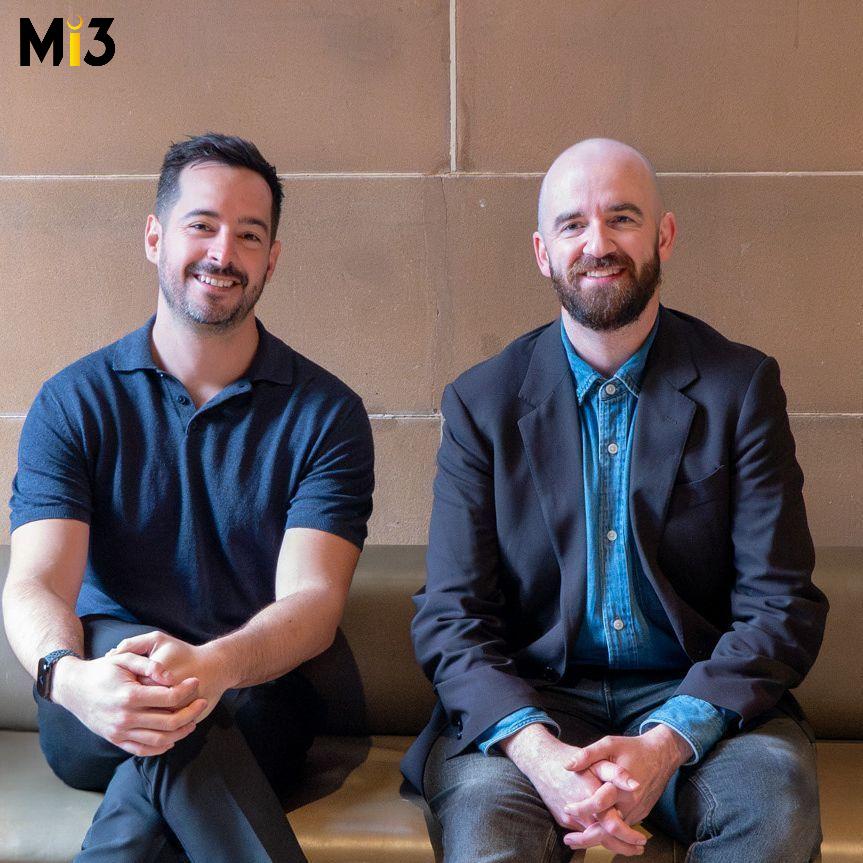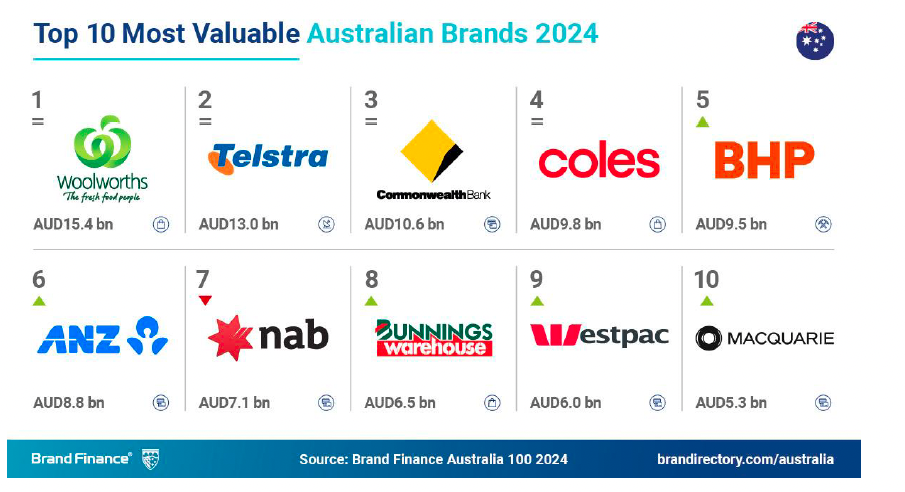Atomic 212’s Sonar Study challenges focus on attention metrics in advertising

Atomic 212’s market research tool, Sonar, has released a new study titled ‘Deeper Than Attention’, examining ad receptivity across various age groups and channels, revealing that 37% of Australians feel positive about advertising, with younger audiences being particularly open.
Conducted in May 2025, the research surveyed 1,500 Australians aged 18 and older, covering all states and territories.
It says receptivity to advertising varies significantly by audience and channel. It identifies four types of ad avoidance audiences: content controllers, space evaders, focus shifters, and ad-free subscribers.
The research highlights a gender disparity in attitudes towards advertising, with 41% of men surveyed expressing positivity compared to 33% of women. Age also plays a significant role, with 61% of Australians aged 18-24 feeling positive about advertising, while 44% of those aged 65 and older express dislike or hatred towards it.
Atomic 212’s Chief Strategy Officer Asier Carazo, said, “While the marketing industry has increasingly focused on attention metrics, our research reveals a critical flaw in current practices.”
Carazo added, “Before an ad can hold someone’s attention, it must first successfully get their attention, a step often undermined by non-ad-receptive behaviours such as ad avoidance. This study adds a new, data-led dimension to media planning, complementing the latest attention research with an understanding of ad receptivity Australian audiences. By re-levelling the playing field, we can identify channels where attention is more attainable, even if their raw attention or reach scores look lower.”
The report suggests that channels with traditionally low attention metrics may have high ad receptivity, offering new opportunities for marketers.
Rory Heffernan, Chief Executive Officer of Atomic 212, stated, “The industry has been so focused on attention that we risk overlooking the gateway to it: being seen in the first place.”
Heffernan continued, “We believe there’s another layer to consider: the interplay between attention and receptivity. That’s why we launched this research, to explore where people are most open to advertising. When combined with attention metrics, receptivity provides a more holistic and accurate measure of effectiveness. At Atomic 212, we’re confident this approach delivers the best possible outcome for brands.”
Heffernan also noted, “This report positions ‘low attention’ channels as possible strategic wins when receptivity is factored in, and clearly presents Atomic 212’s approach as a data-driven complement to existing attention research.”
Atomic 212, with offices in Sydney, Melbourne, Brisbane, Adelaide, and Darwin, has been servicing blue chip brands in Australia for over a decade. The study’s insights into ad receptivity could influence media planning strategies, challenging the current emphasis on attention metrics alone.





